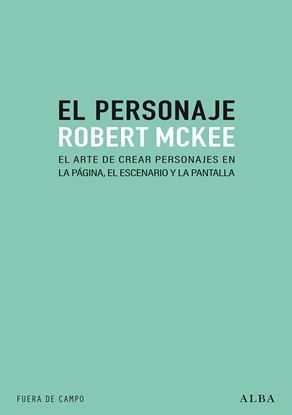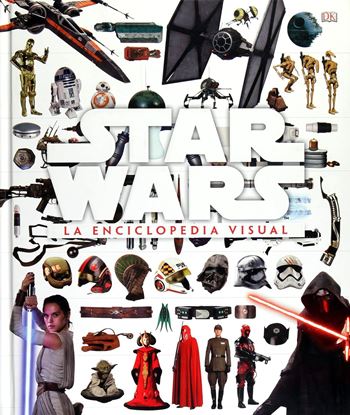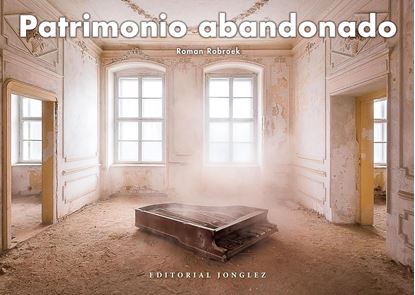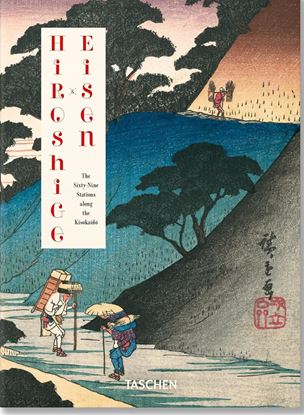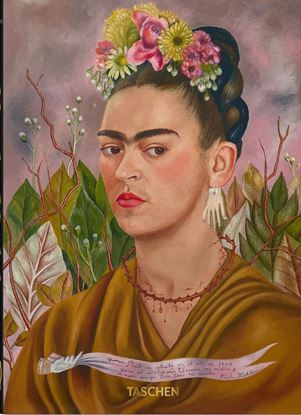

EL PERSONAJE
¿Cómo crear un personaje? ¿Cómo conseguir que sea memorable, único, profundo y contradictorio? ¿Qué tienen en común Ulises, Carrie Bradshaw, Blanche DuBois y Walter White? El personaje es un recorrido por los fundamentos básicos para crear buenos personajes. Desde cómo Occidente se ha planteado a lo largo de su historia el arte de la poiesis, a las diferentes formas de abordar la construcción de un personaje, pasando por el análisis de personajes míticos de la literatura, del cine o de la televisión o cuáles son las claves para mejorar los procesos creativos.
1,995
STAR WARS LA ENCICLOPEDIA VISUAL
Todos los secretos de la cultura, la ciencia, la tecnología en la geografía Star Wars™ mostrados de forma completamente visual en una galería de más de 2500 imágenes.
Este volumen cubre personajes, criaturas, planetas, vehículos, armas y tecnología entre otros muchos aspectos con explicaciones detalladas e increíbles detalles.
Con un recorrido por la historia política en la galaxia Star Wars, desde el Consejo Jedi al Imperio, cada sección de este libro en español de Star Wars se centra en diferentes temas prestando especial atención a los detalles de la saga sin importar lo pequeños que sean. Un libro imprescindible en la biblioteca de todos los fans de la saga.
- Recorre y explora toda la geografía de la galaxia
- Conoce todas las criaturas, especies animales y vegetales que habitan la galaxia
- Sumérgete en la historia y política galáctica
- Adéntrate en la cultura y las costumbres de la galaxia
- Descubre todo sobre las naves Star Wars y la tecnología galáctica
Todo ello en este libro de tapa dura de Star Wars, completamente visual.
1,995
ESPAÑA ABANDONADA
Barren red deserts dotted with post-colonial ghost towns, dilapidated inner city factories, discarded country homesteads and a succession of dormant, soot-filled power stations are just a handful of the desolate, yet visually rich narratives that form part of the abandoned Australia landscape.
Digging beneath the sun-baked soil, Shane Thoms uncovers the modern ruins scattered over this arid continent and reveals a series of beautifully broken abodes hiding in the crevices of the Great Southern Land.
Whispering of both long-gone happy family moments and human darkness, of working lives and the everyday pursuits of living, these atmospheric scenes allow us to reconstruct the stories of the past. Prompting conversations about a growing, diverse country with a complicated history, these abandoned places both connect as well as contrast the past and the present and chronicle the hidden remnants of the evolving Australian story.
1,995
PATRIMONIO ABANDONADO
Los vestigios de Abjasia, un país que no existe, una fábrica abandonada transformada en decorados para Hollywood, la Línea Verde de Chipre, la ciudad fantasma que dejó la catástrofe de Chernóbil, un cine modernista en Bruselas, insólitas fortificaciones del siglo XVIII en Italia, la ciudad de Tskaltubo y sus “aguas de la inmortalidad”, una de las termas más antiguas de Rumanía…
Roman Robroek es un fotógrafo del sur de los Países Bajos fascinado por la arquitectura urbana. Sus espectaculares fotografías de lugares olvidados en el mundo entero han ganado múltiples premios. ¿Cuál es la historia de estos edificios? ¿Quiénes vivían en ellos? ¿Para qué servían esos objetos y por qué los abandonaron? Su insaciable curiosidad por estos temas le llevó a ser fotógrafo urbano. Patrimonio abandonado es el resultado de diez años explorando lugares fantasmales en busca de respuestas.
1,995
FRIDA KAHLO (40TH) (ES)
Among the few women artists who have transcended art history, none had a meteoric rise quite like Mexican painter Frida Kahlo (1907–1954). Her unmistakable face, depicted in over fifty extraordinary self-portraits, has been admired by generations; along with hundreds of photographs taken by notable artists such as Manuel and Lola Álvarez Bravo, Nickolas Muray, and Martin Munkácsi, they made Frida Kahlo an iconic image of 20th century art.After an accident in her early youth, Frida became a painter of her own free will. Her marriage to Diego Rivera in 1929 placed her at the forefront of an artistic scene not only in the cultural Renaissance of Mexico, but also in the United States. Her work garnered praise from the poet André Breton, who added the Mexican painter to the ranks of international surrealism and exhibited her work in Paris in 1939 to the admiration of Picasso, Kandinsky, and Duchamp.We access the intimacy of Frida’s affections and passions through a selection of drawings, pages from her personal diary, and an extensive illustrated biography featuring photos of Frida, Diego, and the Casa Azul, Frida’s home and the center of her universe.This book allows readers to admire Frida Kahlo’s paintings like never before, including unprecedented detail shots and famous photographs. It presents pieces in private collections and reproduces works that were previously lost or have not been exhibited for more than 80 years.
1,995

